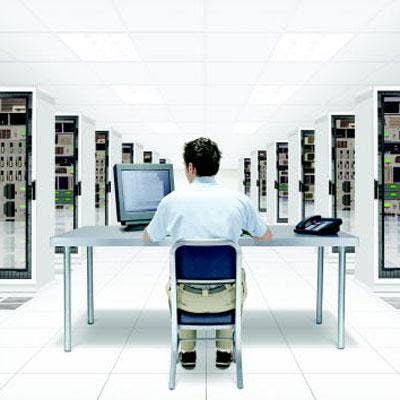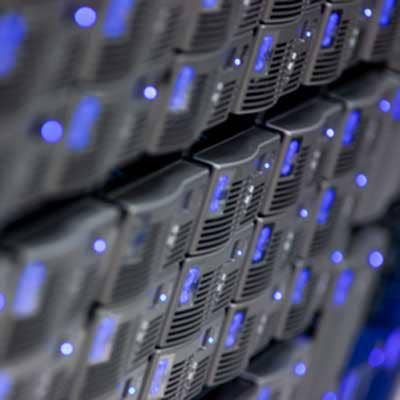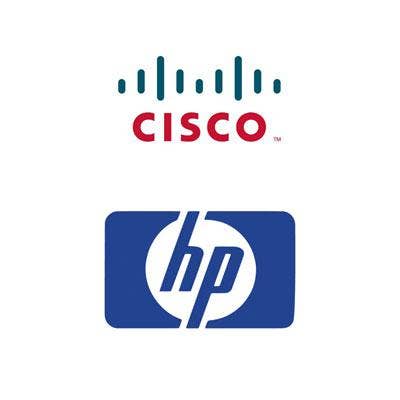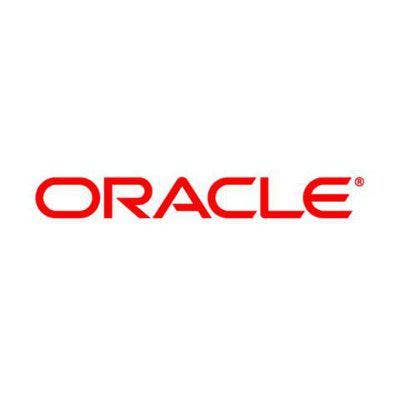The 10 Biggest Data Center Stories Of 2010

Pinning down the top 10 data center stories of 2010 is a difficult job because the trends and news that impacted data centers over the past 12 months or so stem from the impacts of a wide range of technologies.
To look at the "Year in Data Centers," one has to look at the "Year in Cloud Computing," the "Year in Virtualization," the "Year in Storage," the "Year in Servers," and more.
CRN has done the looking, and come up with some of the most important stories which impacted data centers in 2010. And, as one might expect from as fast changing an environment as data centers, these stories will continue to have their impact in 2011 and beyond.

Server virtualization reached a tipping point in 2010. IDC was widely reported by media outlets such as internet.com to have said at the Interop conference in Las Vegas that virtual servers deployments in 2010 should outnumber those of physical servers.
Gartner said in September that over 80 percent of enterprises now have a virtualization program or project, and that 25 percent of all server workloads should be virtualized by year-end.
This is significant to the future of the data center, as virtual servers not only reduce the capital expense and operating expernse related to buying, powering, and cooling physical servers, they also serve as the base on which other virtualized services including cloud computing are built.

One nice thing about all those new virtual servers is that they can do almost everything a physical server can do, including be configured for use as an appliance.
Virtual appliances in 2010 started springing up almost everywhere, including from a wide range of storage, security, and application vendors. Most are rather small and inexpensive versions of the vendors' hardware appliances.
But not all. Silver Peak, for instance, introduced a virtual WAN optimization appliance which lists for about $70,000. It can replace part of the company's physical WAN appliances which cost $200,000 or more.

Converged infrastructure is the combining of multiple types of resources, including storage, computing, and networking into a single managed data center architecture. The two leaders in the converged infrastructure market, Hewlett Packard and Cisco, see this as the way to lock customers into those vendor's product offerings and keep out the competition. Both in 2010 beefed up their offerings in a dramatic fashion. HP in September closed a $2.35 billion acquisition of storage vendor 3PAR, and is integrating its new storage tech into its converged infrastructure and cloud computing businesses. Cisco introduced its second generation blade servers only a year after it entered the server market. Cisco, which does not offer storage arrays, expanded its partnerships with NetApp and EMC, two vendors who are arch rivals for both customers' and Cisco's affection. The NetApp relationship has blossomed, a fact not lost on EMC, which was Cisco’s exclusive storage partner in early 2010.

Oracle in early 2010 closed its acquisition of Sun Microsystems and celebrated by killing off much of Sun's hardware products and then combining its software and remaining server, storage, and thin client products into appliance-like solutions. Oracle hopes that by tightly integrating its software and hardware into appliance-like offerings, it can increase its footprint in the data center by crowding out the hardware vendors, particularly HP. In fact, Oracle made it clear it no longer needs its 20-plus-year-relationship with HP by hiring that company’s ex-CEO Mark Hurd to be Oracle's new co-president days after his unceremonious departure from HP.

HDS, Dell, IBM, and others launched new converged infrastructure initiatives to in 2010 in moves to increase their ability to compete in building future data centers and prepare for cloud computing. Hitachi Data Systems unveiled plans to bring Hitachi blade servers, currently sold in Japan, into the U.S. market in 2011 to go with its storage technology. Dell enhanced its converged infrastructure strategy of combining its own server and storage technologies with partners' networking equipment by adding new management capabilities to its Virtual Integrated System platform to manage multi-vendor hardware as a single resource. IBM, meanwhile, acquired Blade Network Technologies to integrate its own networking products to its blade server and storage products for a more comprehensive converged infrastructure offering.

Apple's release of its iPad tablet device ignited the development of a whole host of business applications which are already impacting the data center.
Some of those applications, such as the Wyse PocketCloud and the Citrix Receiver for iPad, let the iPad monitor and manage data centers from remote locations. Other apps let the iPad take the place of PCs for nearly any type of business application from word processing and spreadsheets and presentations to mobile banking to e-mail.
However, such applications bring dangers to the data center not imagined last year, especially in terms of security and the possibility of losing important company data, which means data center administrators have to look for ways to control their users' use of the iPad.

The economic recovery leads to a resurgence in data center spending in 2010.
IDC estimated that worldwide server factory revenue rose 11 percent in the second quarter compared to the same period of 2009.
Worldwide PC shipments surpassed 88.3 million units in the third quarter of 2010, up 7.6 percent over last year, according to Gartner.
Second quarter 2010 worldwide disk storage systems revenue grew 20.7 percent over last year, while the capacity of all those disks grew 54.6 percent.
And IDC reported the worldwide market for data center power distribution units, UPSs, cooling, and racks slipped 1.8 percent in the second quarter of 2010 compared to the same period last year, but shipments were up 2.6 percent during the same period.

The increasingly virtualized nature of the data center, combined with customers looking for ways to outsource all or part of their IT infrastructures, has resulted in an increase in the adoption of cloud computing.
A Gartner survey in mid-2010 estimated that cloud-computing services account for about 10.2 percent of external IT services spending. About 39 percent of survey respondents said they allocated IT budget to cloud computing as a key initiative for their organization.
Gartner also said that about one-third of cloud computing spending is a continuation from the previous budget year, one third is new spending, and 14 percent is spending diverted from a different budget category.

IDC this year said it expects server hardware revenue for public cloud computing will grow from $582 million in 2009 to $718 million in 2014, while server revenue for private cloud computing will grow from $2.6 billion to $5.7 billion in the same time period.
However, that spending may mask the fact that spending on cloud computing will cannibalize sales of other data center products, making it a painful transition for many vendors and solution providers.
IBM in November said it expects cloud computing to add about $3 billion of net growth to its business by 2015. However, for that to happen, IBM will have to actually grow its cloud business by $12 billion, as the growth in cloud computing is expected to erase $9 billion worth of sales of its current hardware, software, and services.

Each of the past several years has been proclaimed the "Year of the Virtual Desktop" by organizations, often vendors, with a vested interest in seeing virtual desktop infrastructure (VDI) take off.
2010 was no exception in terms of both the hopeful declaration and the refusal of reality to match it. Many had been expecting that, with the economic recovery, customers would use a delayed PC refresh cycle to deploy virtual desktops instead of traditional hardware because of the cost and management savings associated with the former. That did not happen.
A few things did happen. VMware released the long-awaited newest version of its VDI software, View 4.5, while Citrix and Microsoft both enhanced their own VDI offerings. However, those enhancements happen every year anyway, and so there is not a lot of comfort to be found there.